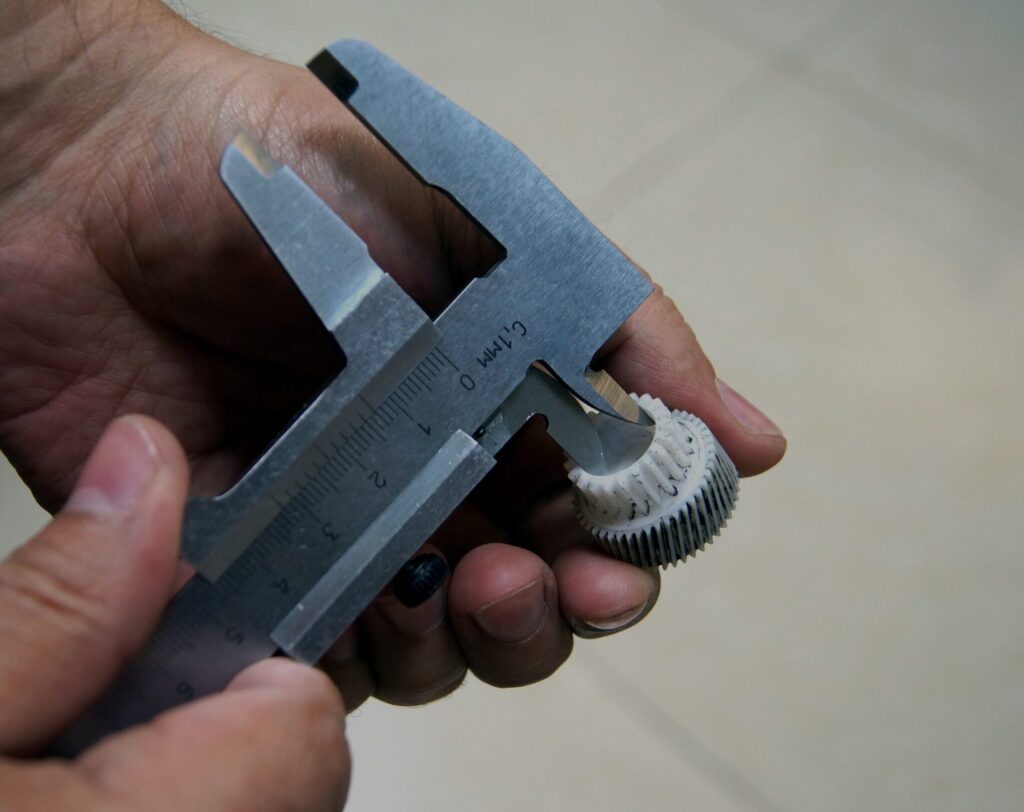PVDF, short for Polyvinylidene Fluoride, is a widely used thermoplastic polymer with remarkable properties. With its unique combination of chemical resistance, high strength-to-weight ratio, and excellent thermal stability, PVDF has found applications in various industries such as aerospace, electronics, automotive, and construction. In this article, we will explore the meaning of PVDF and delve into its material composition and fundamental properties that make it a sought-after material for numerous applications.

What is PVDF?
PVDF stands for Polyvinylidene Fluoride. It is a semi-crystalline thermoplastic polymer derived from the vinylidene fluoride monomer. The polymerization process involves the reaction of vinylidene fluoride (VDF) with a catalyst to form long chains of repeating units known as monomers. These monomers further combine to form polymeric chains with alternating carbon-fluorine bonding.
Material Composition
PVDF consists primarily of carbon (C), fluorine (F), and hydrogen (H) atoms arranged in specific molecular configurations. The molecular formula for PVDF can be represented as (-CH2-CF2-)n, where n represents the number of repeating units in the polymer chain.
The chemical structure of PVDF gives it unique properties such as high chemical resistance and thermal stability. Fluorine atoms along the polymer chain create a highly electronegative environment, contributing to its excellent chemical inertness.
Properties of PVDF
- Chemical Resistance: One of the standout features of PVDF is its exceptional resistance to various chemicals, including acids, bases, solvents, and oils. This property makes it an ideal choice for applications where exposure to corrosive substances is inevitable.
- Thermal Stability: PVDF exhibits excellent thermal stability, maintaining its properties even at high temperatures. It has a melting point of approximately 177°C (350°F) and can withstand continuous use at temperatures ranging from -40 °C to 150°C (- 40°F to 302°F).
- Mechanical Strength: PVDF possesses impressive mechanical strength, allowing it to withstand significant loads and stresses without deformation or failure. Its high strength-to-weight ratio makes it an attractive material for structural applications.
- Electrical Insulation: PVDF is an excellent electrical insulator, making it suitable for electrical and electronic components where insulation is crucial. Its low dielectric constant and high dielectric strength contribute to its effectiveness in preventing electrical conductivity.
- Weather Resistance: PVDF exhibits remarkable weather resistance, withstanding prolonged exposure to UV radiation, moisture, and harsh environmental conditions without degradation or loss of properties. This property makes it a preferred material for outdoor applications such as architectural cladding.
Applications of PVDF
PVDF’s unique combination of properties has led to its widespread use across various industries:
- Aerospace: In the aerospace industry, PVDF finds applications in aircraft components such as fuel tanks, tubing systems, wiring insulation, and interior panels due to its exceptional chemical resistance and flame retardancy.
- Electronics: PVDF is utilized in electronics manufacturing to produce capacitors due to its excellent dielectric properties that enable efficient energy storage.
- Chemical Processing: Due to its outstanding chemical resistance, PVDF is employed in constructing pipes, valves, tanks, and fittings used in chemical processing plants where exposure to corrosive substances is daily.
- Construction: PVDF-coated aluminum panels are extensively used in architectural cladding systems thanks to their durability against weathering effects while providing an aesthetically pleasing appearance.
- Automotive: The automotive industry utilizes PVDF in applications such as fuel lines, gaskets, seals, and electrical connectors due to its resistance to automotive fluids and excellent mechanical properties.
PVDF is a versatile thermoplastic polymer that offers exceptional chemical resistance, thermal stability, mechanical strength, electrical insulation properties, and weather resistance. Its unique attributes make it an indispensable material for aerospace manufacturing, electronics, construction, and others. With ongoing advancements in polymer technology further enhancing its properties and expanding its application possibilities, we can expect the demand for PVDF to grow steadily in the coming years.
Frequently Asked Questions (FAQs)
Q1: Is PVDF safe for use in food contact applications?
A1: PVDF is considered safe for use in food contact applications. It is FDA-approved and complies with various regulations governing food safety.
Q2: Can PVDF be recycled?
A2: Yes, PVDF can be recycled. However, the recycling process may vary depending on the specific composition of the material and the recycling facilities available.
Q3: Does PVDF exhibit any color options?
A3: PVDF is naturally translucent white. However, it can be pigmented to achieve a wide range of colors according to specific application requirements.
Q4: What are the advantages of using PVDF in architectural cladding systems?
A4: PVDF-coated aluminum panels offer superior weather resistance, UV stability, color retention, and ease of maintenance compared to other cladding materials. They also provide design flexibility due to their wide range of color options.
Q5: Can PVDF withstand extreme temperatures?
A5: Yes, PVDF exhibits excellent thermal stability and can withstand high and low temperatures without significant degradation or loss of properties.

